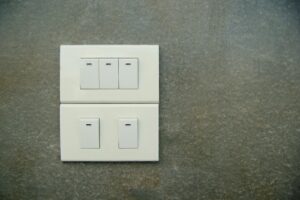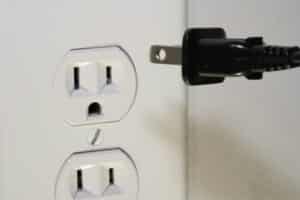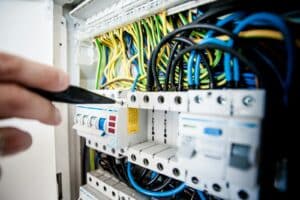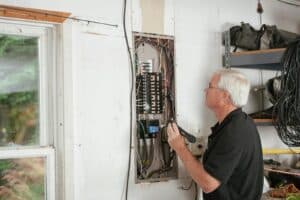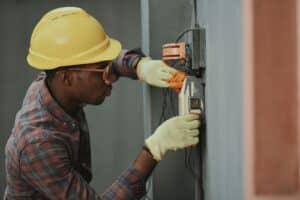Understand how to troubleshoot frequent breaker trips safely without attempting risky DIY repairs. This step-by-step approach helps you identify non-critical causes like overloaded circuits or faulty appliances while avoiding exposure to live electrical parts.
Steps On How To Troubleshoot Frequent Breaker Trips Safely
1. Identify the Circuit and Load
Start by noting which breaker or RCD keeps tripping and what appliances are connected to that circuit—such as the kitchen, laundry, or lighting areas. Frequent trips often indicate overloaded lines powering energy-hungry devices like heaters or kettles.
2. Reduce Load Incrementally
Unplug every appliance on the affected circuit, then reset the breaker. Plug them back in one by one, waiting about a minute between each. If the breaker trips again after connecting a specific item, stop using that device and tag it for inspection.
3. Distinguish RCD vs Breaker Trips
If an RCD (safety switch) trips, the problem may involve earth leakage commonly from moisture or a defective appliance. Keep the circuit off, avoid touching fittings, and call an electrician if the RCD continues tripping with all devices unplugged.
4. Inspect for Environmental Factors
Look for external influences like recent rain, roof leaks, or damp cleaning areas near outlets. Moisture and pests in ceiling spaces can cause recurring faults. Address visible moisture and wait for a professional to test and repair the issue safely.
5. Know When to Stop
If the breaker won’t reset or you smell burning, see sparks, or feel heat near the panel, stop immediately. Forcing it can cause fire or shock. Treat the issue as an emergency and contact a licensed electrician right away.
Pro Tip: To troubleshoot frequent breaker trips safely, label each circuit in your switchboard clearly during normal conditions. Accurate labels make isolation faster and much safer when troubleshooting under stress.


